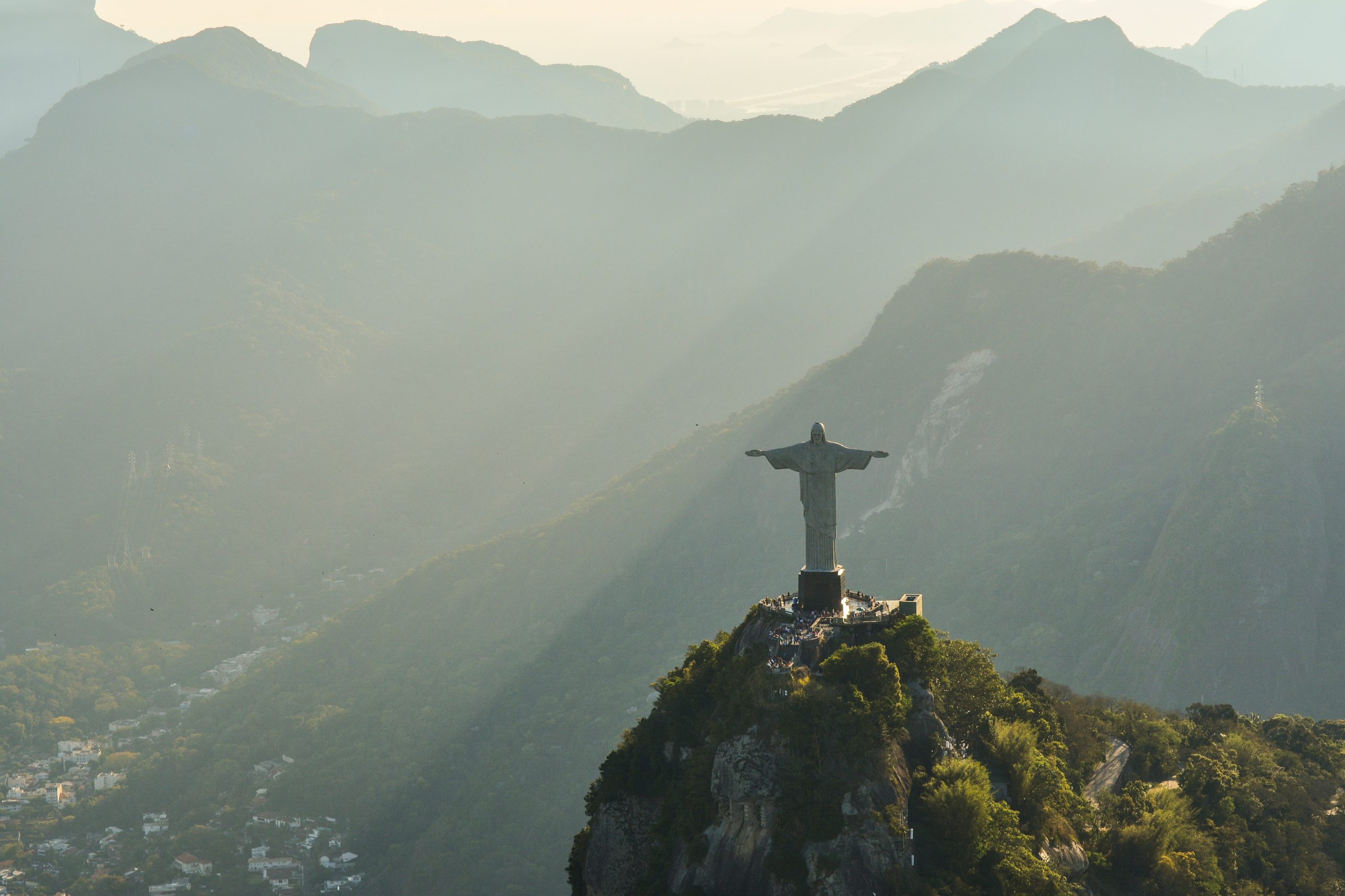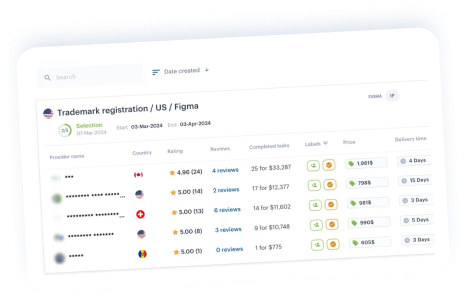Por: Mónica Pinheiro y Yana Fonseca, PITANGA BASTOSBrasil
Developing a unique industrial design is all about turning ideas into reality and reaping the benefits. To ensure the creators profit from their innovations, these designs must be protected appropriately. That’s where design registration comes into play.
This article provides a detailed guide on the requirements, procedures, and challenges of registering industrial designs in Brazil, ensuring your designs are well protected in this market.
Contenido
1. What can be registered as a design in Brazil?
3. The process of design registration in Brazil
4. Documents required for registering a design in Brazil
5. Design opposition process in Brazil
6. Costs of design registration in Brazil
7. Particularity of the registration in Brazil
1. What Can Be Registered as a Design in Brazil?
As per Article 95 of the Brazilian Industrial Property Law (Nº 9.279/96), an industrial design is defined as “any ornamental plastic form of an object or any ornamental arrangement of lines and colors that can be applied to a product, creating a new and unique visual look for industrial manufacture.”
In simpler terms, design registration protects the novel and distinctive appearance that sets a product apart. You might also be interested in our article on design patent registration in the US.
There are several criteria for registering a design:
-
- Novelty: The design must be new and not already known to the public in any form before the filing date in Brazil or elsewhere. Brazilian law allows a 180-day “grace period” for first disclosure, meaning a product can still be registered if it was disclosed up to 180 days prior by the author or someone authorized.
- Originality: The design should offer a unique visual effect different from existing products or patterns.
- Industrial Applicability: The design must be capable of being produced industrially in all its details. In Brazil, it’s not possible to protect parts of an object that do not stand alone.
2. Why Can You Be Refused?
According to Article 100 of the Brazilian Industrial Property Law, the following designs cannot be registered:
“anything that is contrary to morals and good customs or that offends the honor or image of people, or violates freedom of conscience, belief, religious worship or ideas and feelings worthy of respect and veneration; the common necessary form of the object, or even that essentially determined by technical or functional considerations”.
Also, purely artistic works are not considered industrial designs.
It’s worth noting that parts of an object which do not exist independently cannot be protected. For example, a design application for just the head of a hairbrush will be refused because it is not separate from the handle.
Conversely, you could register something like a car tire, as it is an independent item that can be manufactured separately.
3. The Process of Design Registration in Brazil
In Brazil, industrial designs are protected by a specific registration process, different from patents.
The first step is to file an application with the Brazilian Patent and Trademark Office (INPI). Your application must include a description of the design and any necessary drawings or visual representations.
After filing, the application undergoes a formal preliminary examination to ensure it meets all requirements, including the necessary information and fee payments.
If everything checks out, the design is published in the INPI Official Gazette and granted at the same time. Essentially, complying with formal requirements is typically enough for registration.
There is a 60-day period after publication during which others can oppose the registration. The INPI will consider any objections before making a final decision.
The registration remains valid for 10 years from the filing date and can be renewed for additional 5-year periods. The responsibility for renewing and paying the associated fees falls on the design owner.
4. Documents Required for Registering a Design in Brazil
According to Article 101 of the Brazilian Industrial Property Law, you will need the following documents to register a design:
- A design registration request;
- A specification (if applicable), claims (if applicable), and drawings or photographs of the design;
- The field of application of the object as per the Locarno Classification;
- Personal details of the applicant and the design author;
- Proof of payment of the filing fee.
Both Brazilian and foreign individuals or legal entities can apply for registration. All application documents must be filed in Portuguese.
5. Design Opposition Process in Brazil
The industrial design is published at the same time its registration is granted. Therefore, there are no pre-grant opposition procedures, as third parties do not know about the design before it is registered.
However, the registration can be invalidated administratively or through a nullity process initiated by any interested third party. An administrative nullity action must be filed within five years from the registration date.
If the nullity procedure begins within 60 days of the registration’s publication, its effect is suspended until the INPI reaches a final decision.
6. Costs of Design Registration in Brazil
| Solicitud | 45 dólares |
| Application for examination of granted registration regarding novelty and originality | 68 USD |
| Renewal of industrial design registration (additional five years) | 110 dólares |
| Second five-year term | 82 dólares |
Please note that these costs are estimates and subject to change due to currency fluctuations and potential adjustments by the Federal Entity (INPI).
The cost of design registration in Brazil through the iPNOTE platform starts as low as $900. Find the best Brazilian design attorney on iPNOTA.
7. Unique Aspects of Registration in Brazil
Brazil has recently joined the Hague System, extending the geographic reach of WIPO’s International Design System to 96 countries. The Hague System allows a design to be registered in multiple jurisdictions with just one application.
Assessing the cost-effectiveness of using the Hague System versus the traditional country-by-country registration approach can vary, and it’s advisable to weigh the benefits on an individual basis.
Starting August 2023, foreign individuals and companies can secure international design protection in Brazil through the Hague System, simplifying the expansion into Latin America. This change marks significant progress in design registration in Brazil, encouraging both Brazilians and foreigners to register their designs more quickly and efficiently, with proven success in countries already using this system.
8. Final Thoughts
In summary, with proper guidance and planning, registering a design in Brazil can be straightforward.
The process is currently undergoing improvements to better serve applicants, promising easier administrative procedures soon.
***
Got questions about design registration in Brazil? Contact PITANGA BASTOS via IPNOTE.
Regístrate gratis, and we’ll help you with any IP-related issues.
Industrial design in India involves a broad range of innovative techniques and creative solutions. From product design to user experience, industrial design in India plays a crucial role in shaping product functionality and aesthetics, driving technological advances and enhancing consumer experiences.






